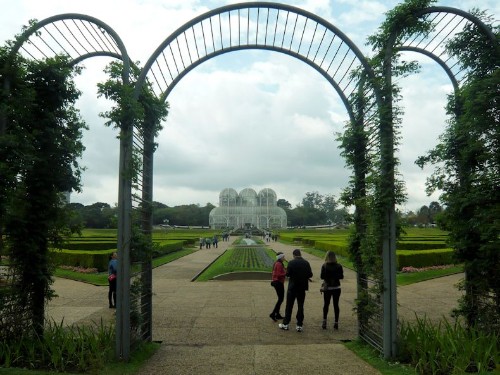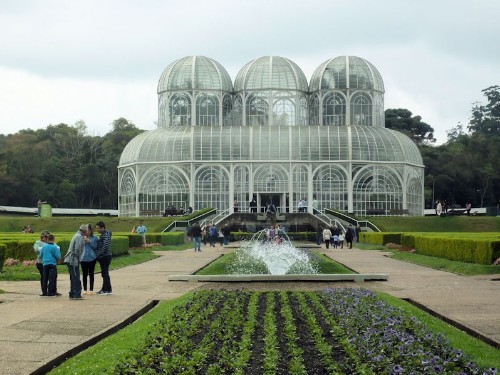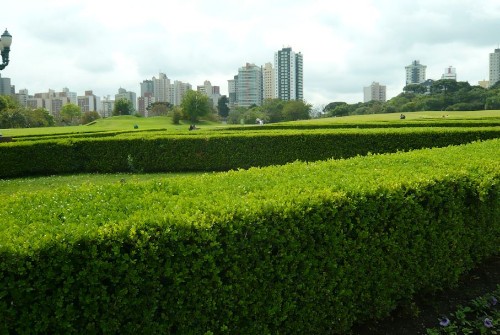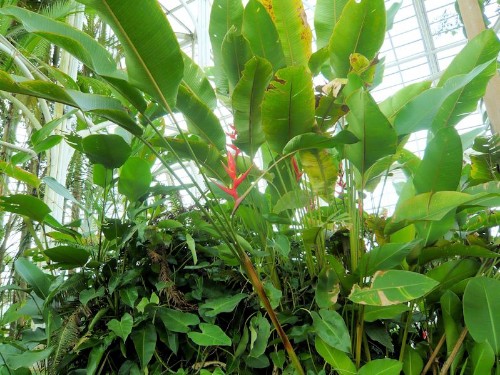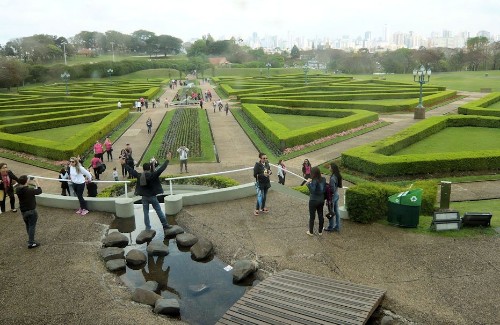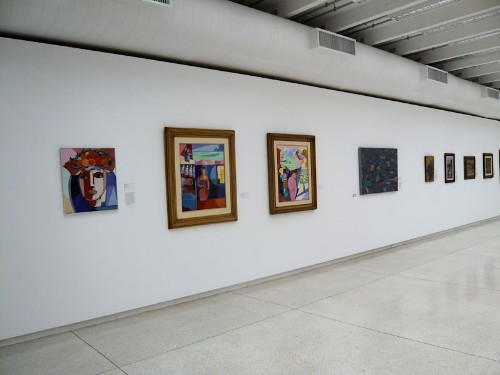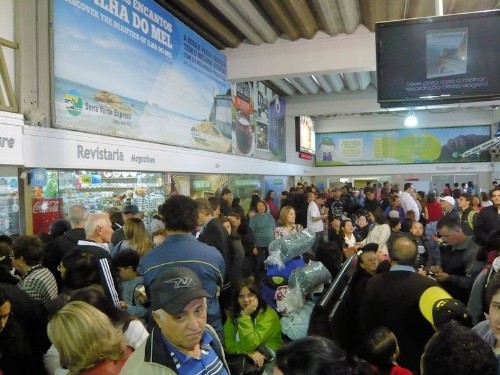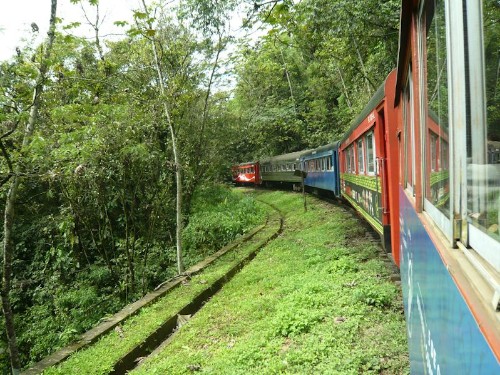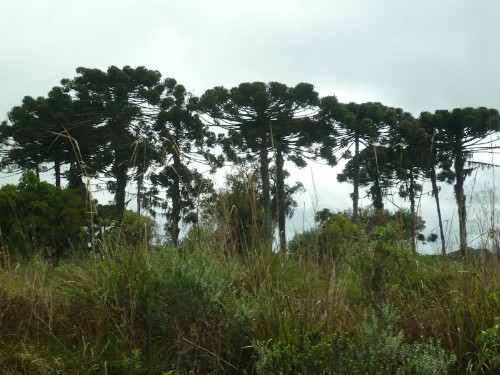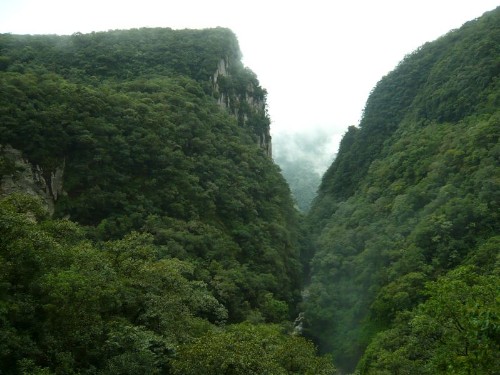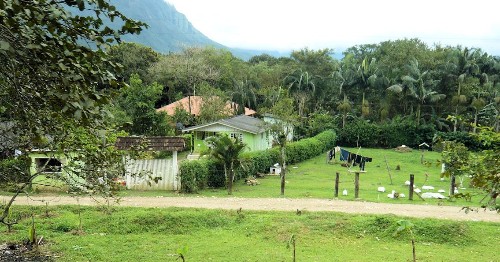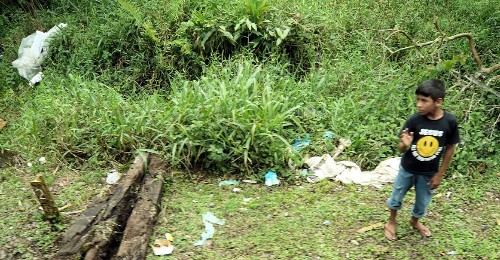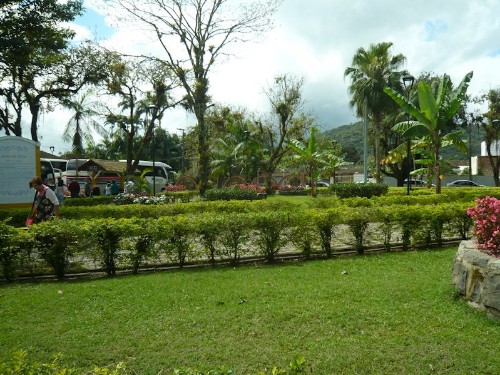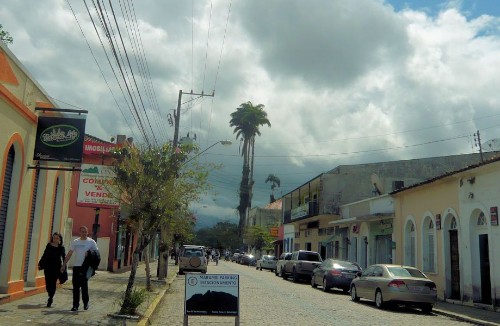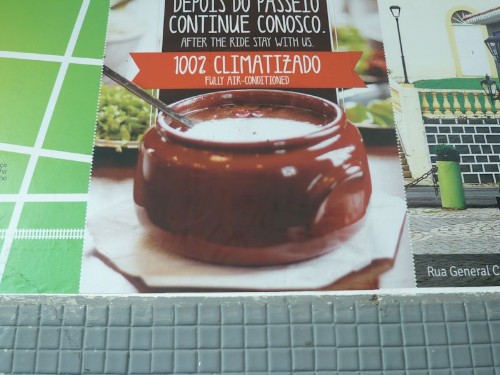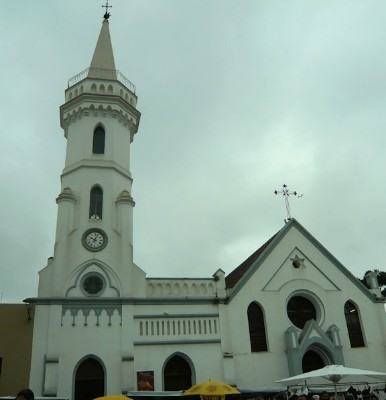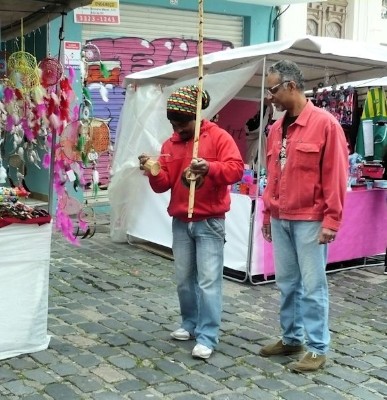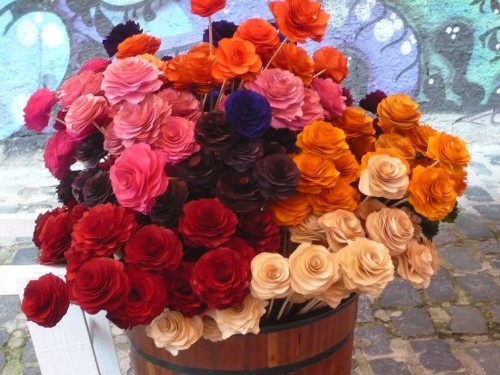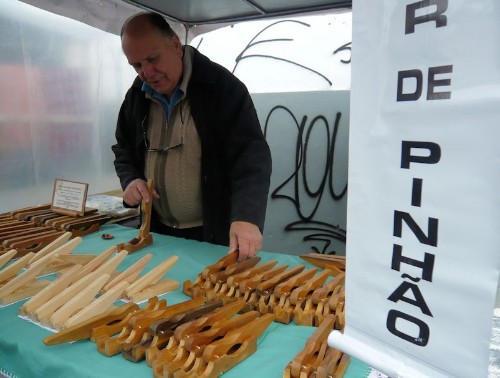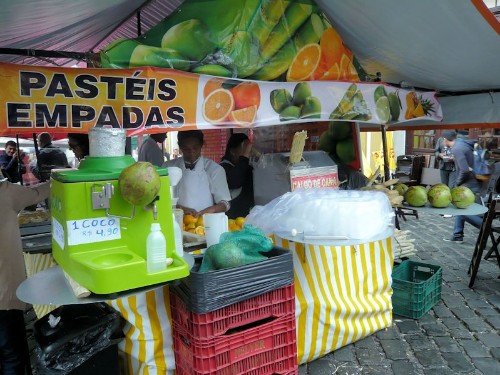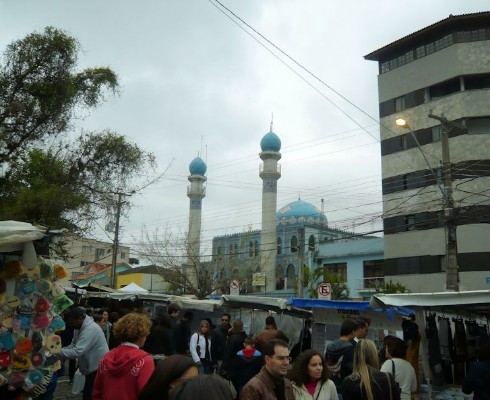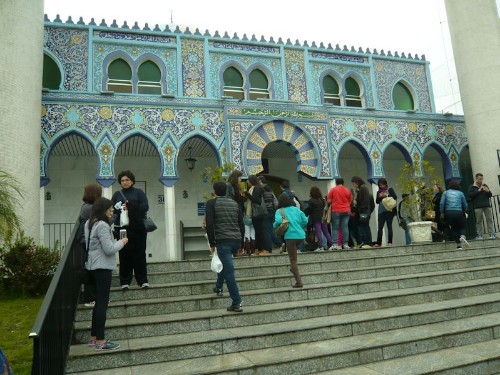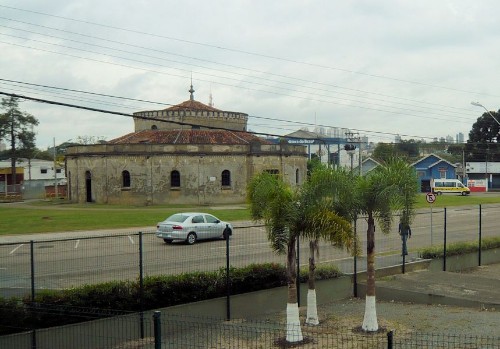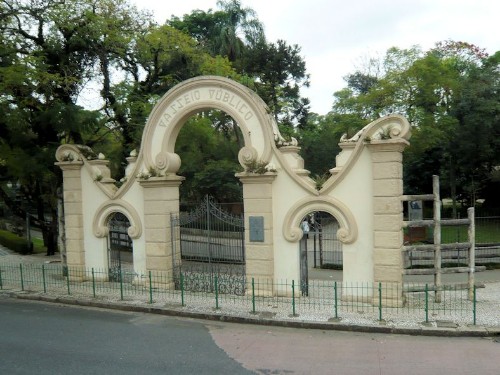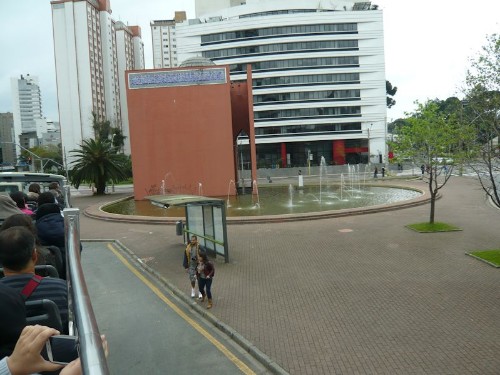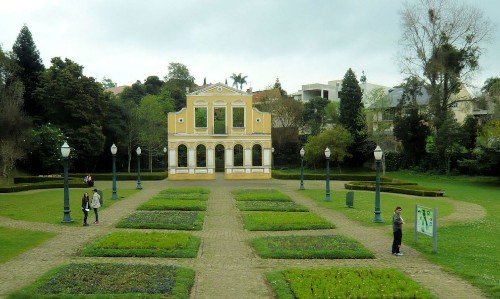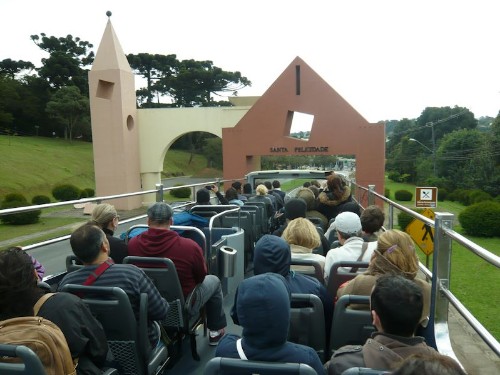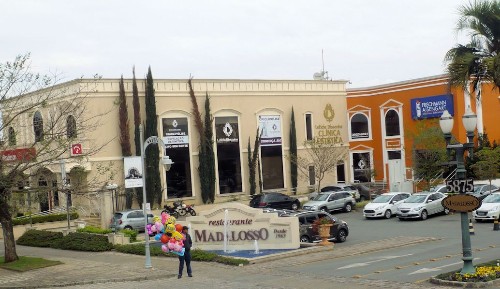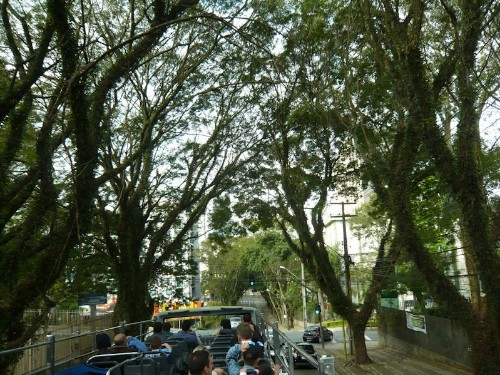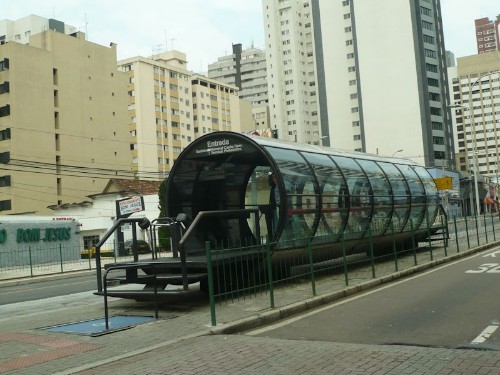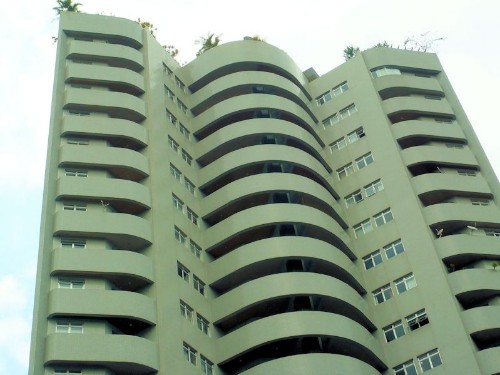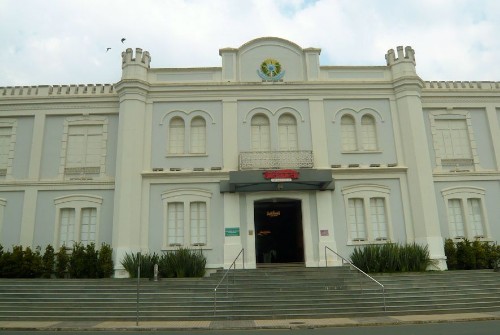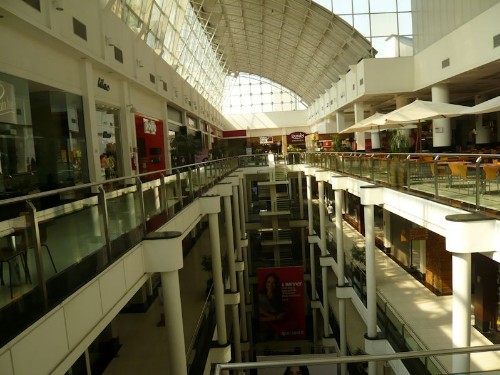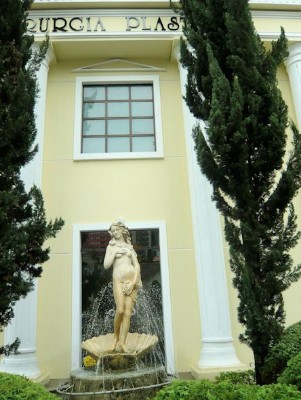Curitiba
The most European city of Brazil
By: Zeren Earls - Dec 11, 2015
The final city on our itinerary was Curitiba, the capital of Paraná, one of Brazil’s southern states. Leaving Rio’s domestic terminal early in the morning, we arrived an hour and a half later in Curitiba. As we hovered over the city during landing, high-rises lining wide avenues and parks appeared below. Known as Brazil’s prosperous and well-planned city, thanks to its architect mayor, Jaime Lerner, Curitiba revealed its unique qualities over the next three days.
After a brief stop at the Bourbon Express Hotel to drop off our bags, we left for the Botanical Garden, stopping by the train station on the way to reserve seats on the Serra Verde Express for the following day. Recommended by our guide, this popular journey goes through Paraná’s Serra do Mar Mountains to the coast.
As we entered its arched gateway of the Botanical Garden, an ornate glasshouse, inspired by the Crystal Palace in London, beckoned at the far end. Against a backdrop of the city’s high-rises, we followed the main path, past attractive pools with fountains, and made our way up the stairs to a magnificent glasshouse filled with flowering plants, bamboo, and statuettes. The vista of the surroundings was as magnificent as the glasshouse itself. A formally landscaped garden fanned out from the main path along smaller paths. To have this garden so close to the residential highrises was indeed a gift to urban dwellers; the mayor provided for an oasis such as this every few blocks.
Founded by gold-seekers in the 17th century, Curitiba is today a bustling metropolis of 3.2 million, located atop a plateau at 2,800 feet. Due to an infusion of immigrants from Europe — German, Italian, Polish and Russian — in the late 19th and early 20th century, the city and the state as a whole have a profusion of fair-haired people. Our local guide, a descendant of an early German settler, took us to the Oscar Niemeyer Museum, dedicated to exhibitions of contemporary art, design, architecture, and urban planning.
Oscar Niemeyer, another mestizo of German heritage, is Brazil’s most prominent architect and the designer of many unique buildings in all the country’s major cities. Built by the architect himself in 1976, the Oscar Niemeyer Museum in Curitiba, referred to as the “Eye” because of its oval shape, is the largest and the most modern museum in Brazil. Among the twelve galleries we visited was a collection of 80 works on loan from the Fine Art Museum of Cuba. Titled “Wifredo Lam: the spirit of creation,” the exhibition included paintings and engravings from the 1930s to the 1970s by the Cuban artist, inspired by Picasso and the Cubists. Lam’s masterpiece “La Jungla” (1943) is in the collection of the MoMa in New York City.
Another notable exhibition was the Centenary of João Vilanova Artigas, a retrospective show of Curitiba’s native architect. Displays of drawings and models of this international award winning architect’s houses, bridges, housing complexes, and schools exemplified the city’s tribute to its native son.
The Soviet Union through the camera, an exhibition of black-and-white photographs by Russian photographers, was both compelling and revealing as a documentary of hardships, reflected in people’s grim expressions, empty milk bottles, and the like. Artwork in the custody of MON was a surprising exhibition of works illegally acquired and confiscated from government officials. During an operation initiated in March 2014, the Brazilian Federal Police apprehended about fifty artworks by artists, including Salvador Dalí, which are in the custody of the Museum until the Justice Department determines their destiny. We ended our very full first day at the 34 year old Italian restaurant Pamphylia, walking distance from our hotel.
Early the next day we went by cab to the train station, to catch the Serra Verde Express for our journey through Brazil’s Atlantic rain forest. The station was very crowded, as our trip coincided with the beginning of a holiday weekend for Brazil’s Independence Day on September 7. Thankful for our pre-reserved seats, we settled in for the three-hour-trip to Morretes, the scenic half of the journey to the coast. The tourist section of the train came with an English-speaking guide, who explained that the best views would be on the left side of the train going down and that the train would be traveling at 25 km. an hour. Down the aisle he rolled a cart loaded with boxes of snacks along with complimentary water, beer, and soft drinks; all were included in our round-trip ticket price ($64 with a discount of 10% for seniors).
Pulling a long chain of cars to accommodate the 1200 passengers on board, the Serra Verde Express wended its way through the mountains, providing a panoramic view of the rain forest, home to many animals and birds who love the seeds of the Paraná pine, native to southern Brazil. As our train clung to the mountainsides, we crossed 14 of the 42 bridges between Curitiba and the coast, passing by canyons, rivers, waterfalls, and lush tropical vegetation. As we descended to sea level, the weather warmed to 20º C, still considered winter, as it gets very hot here in the summer, up to 48º C.
As we approached Morretes, farm houses appeared with children out front waving to us. It began raining as we landed. We waited out the rain over lunch at the Armazem Romanus Restaurant, known for its barreados — a traditional meat stew slowly cooked in a clay pot, sealed with dough from manioc flour, and served with sliced bananas and oranges. Following this hearty lunch, we walked about town and through a lovely park, returning to the train station for our journey back. The platform was filled with locals seeing off relatives, who had come for a visit. The railroad, in operation since 1885, also services freight trains, which deliver industrial goods, machinery, and car parts to rural towns and load up with farm goods such as soy, sugar, wheat, and cashew nuts to take back to the city. Traveling through fog and rain, we arrived back in Curitiba at dusk.
The following morning I bid goodbye to my friends, who returned to the US, as I stayed behind to spend an extra day in Curitiba and go to the city’s Craft Market, the largest in Brazil. I asked the hotel clerk to call me a cab, telling him I wanted to go to the Craft Market. A cab arrived with a driver who spoke only Portuguese; she seemed to understand where I needed to go, based on her conversation with the hotel clerk. Fifteen minutes later we stopped in front of the Municipal Market, which sells produce from around the world; whereupon I realized that my intended destination had been lost in translation. Fortunately the cab had an iPhone attached to the dashboard and, with Siri as our interpreter; I was able to communicate where I needed to go. Reluctant to take the car near the crowds, the driver dropped me off at Rua das Flores, pointing the way.
Rua das Flores is a pedestrian mall in the city center named for its flower baskets and flanked by stores, boutiques, and cafes. On a Sunday morning the street was quiet, action having shifted to the nearby Praça Tiradentes, where the 132-year-old neo-Gothic Basilica cathedral stands. As people were arriving for Sunday morning service, I decided to visit the interior later and headed to the Crafts Market, held by the historical center every Sunday (9am- 2pm).
The market is concentrated in the blocks around Praça Garibaldi and the Largo da Ordem, a cobblestone square dominated by the Ordem Church, the city’s oldest, built in 1737. Already crowded by 10 am, the lively fair offered everything from good-quality hand-crafted items to antiques, old coins, stamps, second-hand goods, and original art. Folk musicians enlivened the alleys, lined with stalls overflowing with paper flowers, leather goods, bead work, metal art, woodwork, hand-loomed textiles, and children’s toys. Food vendors did brisk business, selling fried dough, tapioca pancakes, and coconut water. After walking around for three hours, I left with two purchases — a hand-stitched brown-and-black leather bag ($25) and a silk flower necklace with leather cord ($4).
A city tour by Linha Turismo seemed a good choice to spend my limited time left in Curitiba. Available every 30 minutes, the two-and-a-half-hour tour goes 46 kilometers all around the city, highlighting parks, squares, and other points of interest for about $3; the cost of a voucher for those who wish to get on and off the bus is $12, allowing four stops. I chose to sit on the upper deck with the top down to be able to take pictures; fortunately, I had a windbreaker with a hood, or I could not have enjoyed the windy panorama. Among the highlights were Santa Felicidade, the Italian neighborhood and Curitiba’s main gastronomic center with its typical, historically preserved houses, and upscale neighborhoods on the hills with sweeping views of the city.
On my departure day, I had the morning free to explore the new section of town where my hotel was located. As people have moved away from the historic center, hotels and shopping malls have moved out with them, creating an all-new area of high-rise buildings, some 27 stories above street-level shops. A leisurely walk down tree-lined Avenida Visconde Guarapuava, quiet due to the Independence Day holiday, allowed me to enjoy the facades of the buildings, each unique. Some buildings had curved walls and balconies; others had different colored facades and mosaic decorations. I arrived at a mall that was six-stories high and took up a whole block. Many of the name-brand stores were closed; however, window displays of mannequins featuring Brazilian motifs and jewelry were especially striking. Last but not least, there was a McDonald’s on each of the mall’s six levels! Ice cream cone in hand, I returned to the hotel to get ready for my departure via Sao Paulo, thus ending a delightful trip.


